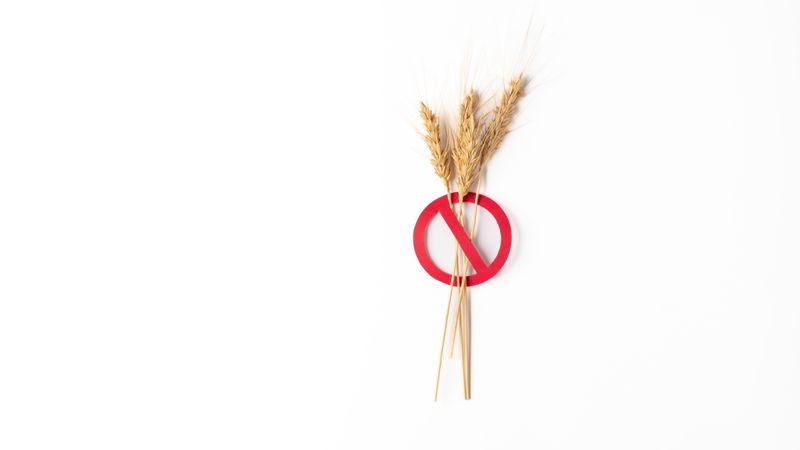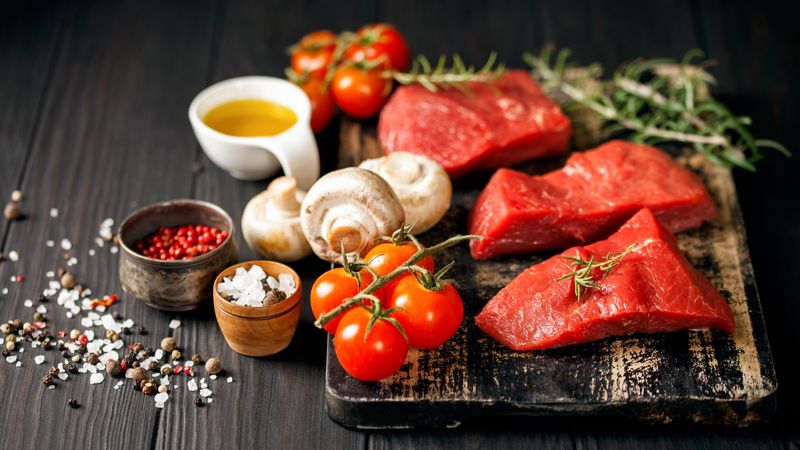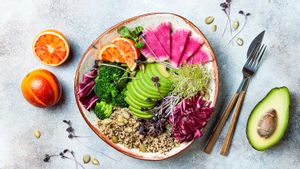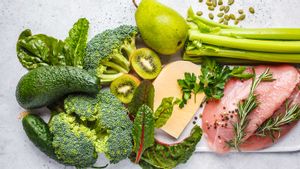Snapshots
Imagine the landscape of human civilisation a couple of million years ago. We roamed the wilderness in the constant search for sustenance, catching fish and climbing trees. The food we the early humans consumed was nothing like the hybridised, harvested, and packaged stuff we eat today. It was raw and grimy and probably unhygienic; nevertheless, we evolved along just fine, till we invented food processing. Obesity is a rapidly expanding issue in the modern world, and it is believed that, if we ate like ancient human beings, then perhaps we can become as lean and healthy as they purportedly used to be. The paleo diet is a dietary plan that emerged in response to this notion.
Paleolithic eating: Tracing our roots
The Paleolithic Era, spanning from about 2.5 million to 10,000 years ago, provides the foundation for the Paleo Diet. During this era, our ancestors lived as hunter-gatherers, relying on the natural environment for sustenance. Their diet primarily consisted of whole, unprocessed foods—lean meats, fish, fruits, vegetables, nuts, and seeds. In this primal existence, the human body adapted to thrive on the nutrients organically available in nature.
The Paleo Diet seeks to replicate this ancient way of eating, drawing inspiration from the Paleolithic lifestyle. The early people had not invented the dairy industry, nor had they learned the ways of farming. Thus, over millions of years, their digestive system developed to survive and thrive on foods readily available around.
By eliminating processed foods, grains, legumes, and dairy, the Paleo diet aims to align our modern diet with the presumed dietary patterns of our hunter-gatherer forebears. The emphasis is on consuming nutrient-dense, whole foods that our bodies are believed to be genetically predisposed to handle optimally.
Paleo diet planning: What to keep and what to cut-out
If you are ready to embrace the Paleo Diet and eat like a primate, here’s what your daily diet should look like:

Ditch these carbs-
Processed Foods: There was no food processing in the Paleolithic era. Eliminate highly processed and refined foods, including packaged snacks, sugary cereals, and pre-packaged meals.
Grains: Proper grain-farming is something that started in 1200 BC. So grains were found few and far in-between the plates of people living in the Paleolithic period. Avoid grains such as wheat, oats, rice, and barley. This includes both whole grains and refined grains.
Legumes: Exclude legumes like beans, lentils, and peanuts. These are often restricted due to the presence of anti-nutrients.
Dairy: Humans started dairy-farming only 9000 years ago, shortly after the Paleolithic era ended. This is why most of the world’s population is technically lactose intolerant and you have to give up on dairy products, including milk, cheese, and yoghurt if you are observing the Paleo Diet.
Refined Sugars: The first even batch of sugar crystals was manufactured all the way back in the 1st Century AD. This means you have to cut out added sugars and artificial sweeteners, including sugary beverages, candies, and desserts to follow the Paleo Diet.
Processed Oils: Avoid refined vegetable oils such as soybean oil, corn oil, and canola oil. Instead, focus on using natural oils like olive oil and coconut oil.
Alcohol: The oldest batch of booze dates back to 7000 BC. Surprisingly, humans haven’t been getting drunk for that long. While some versions of the Paleo Diet allow for moderate alcohol consumption, others recommend avoiding it altogether.

Eat your macros-
Lean Meats: If you can, consume a lot of lean meats, preferably from grass-fed or pasture-raised animals. This includes beef, poultry, pork, and game meats.
Fish and Seafood: Paleolithic humans were excellent at fishing. Include a variety of fish and seafood rich in omega-3 fatty acids, such as salmon, mackerel, and sardines.
Fruits: Consume a variety of fresh, seasonal fruits, which provide essential vitamins and minerals. Unlike the ancient humans, we do recommend you wash your food before you dig in.
Vegetables: High fibre is the key to good health. Prioritise non-starchy vegetables, such as leafy greens, broccoli, cauliflower, and bell peppers.
Nuts and Seeds: Enjoy nuts and seeds in moderation, as they are good sources of healthy fats, protein, and micronutrients.
Healthy Fats: Use natural fats like avocado, olive oil, coconut oil, and animal fats for cooking and flavour. This is because synthesised fats, like butter and cheese, were not available during the Paleolithic era and our digestion systems cannot effectively break them down.
Eggs: Include eggs as a source of protein and essential nutrients.
Paleo possibilities: How the paleo diet affects your health
Positive Effects-
Losing Weight: For some people, shedding a few pounds might be possible with the paleo diet. It's all about going for whole, nutrient-packed foods and saying goodbye to processed and calorie-heavy munchies.
Better Blood Sugar Management: When you stick to real foods and steer clear of sugars and processed carbs, it could play a role in keeping your blood sugar in check.
Boosted Nutrient Intake: The diet encourages loading up on fruits, veggies, nuts, and seeds — all packed with essential nutrients, fibre, and antioxidants.
Improved Blood Fat Levels: Some research hints that following the paleo path might do wonders for your lipid profiles, like dropping triglyceride levels and upping your healthy cholesterol.
Less Inflammation: Avoiding processed stuff and opting for anti-inflammatory eats seems to be linked to a decrease in inflammation-related issues for some.

Potential Concerns-
Nutrient Gaps: Skipping certain food groups, like dairy and grains, might leave you short on certain nutrients if you're not careful with your paleo diet planning. Calcium intake, for instance, could take a hit without dairy.
Sustainability: Critics argue that the long-term viability of the paleo diet is a bit iffy. The strict rules might make it tough for some to stick with in the long run.
Digestive Hurdles: Having more fruits and veggies might stir up some tummy trouble initially, especially with that sudden fibre boost.
Personal Differences: What's a hit for one person might not be as effective for someone else when it comes to the paleo diet's impact.
Go caveman chic with the paleo diet
Since time immemorial, diet trends have come and gone, the plight for a slimmer waist, healthier lifestyle is at an all-time high. Whether it is paleo or keto, the most important component of a successful diet is sticking to it. If you are ready to go on your paleo diet journey, make sure you are ready to commit to it and go full in!





